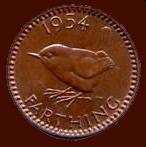








Designed by Nigel G Wilcox






The Paragon Of Metal Detecting
Powered By Sispro1
British Sterling Currency - Numismatics,
Double Sovereign
For Reference ONLY
Everything For The Detectorist
Double Sovereign
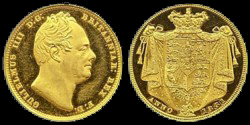
William IV 1830-1837 AD
Royal Monarchy
Copyright All Rights Reserved by Nigel G Wilcox E-Mail: ngwilcox100@gmail.com
INFORMATION - DATA
Pages
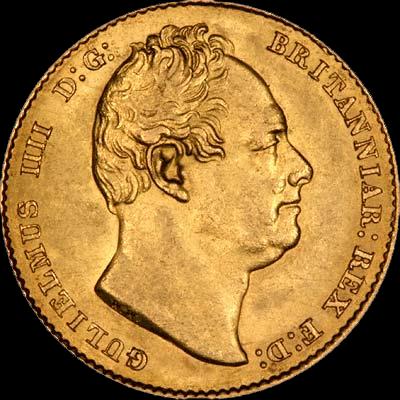
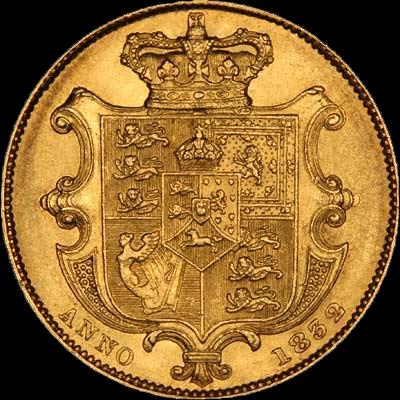
1830 Proof Pattern, FDC, or Any
1831 First Bust & Second Bust 599,000
1832 First Bust & Second Bust 3,737,000
1833 Second Bust 1,225,000
1834 Not Issued
1835 Second Bust 723,000
1836 Second Bust 1,714,000
1837 Second Bust 1,173,000
1831 First Bust & Second Bust 599,000
1832 First Bust & Second Bust 3,737,000
1833 Second Bust 1,225,000
1834 Not Issued
1835 Second Bust 723,000
1836 Second Bust 1,714,000
1837 Second Bust 1,173,000
The sovereigns of William IV were only struck for six years and were unique in that the King was the only monarch not to have Pistrucci’s famous St George and the Dragon design on the reverse. Instead they feature a magnificent crowned shield of the Royal Arms designed by Jean Baptiste Merlen. The sought-after 22ct gold coin. Price vary, estimated value around 1,350
When the sovereign entered circulation in late 1817, it was not initially popular, as the public preferred the convenience of the banknotes the sovereign had been intended to replace. Lack of demand meant that mintages dropped from 2,347,230 in 1818 to 3,574 the following year. Another reasons why few sovereigns were struck in 1819 was in furtherance of a proposal, eventually rejected, by economist David Ricardo to eliminate gold as a coinage metal, though making it available on demand from the Bank of England. Once this plan was abandoned in 1820, the Bank encouraged the circulation of gold sovereigns, but acceptance among the British public was slow. As difficulties over the exchange of wartime banknotes were overcome, the sovereign became more popular, and with low-value banknotes becoming scarcer, in 1826 parliament prohibited the issuance of notes with a value of less than five pounds in England and Wales. The early sovereigns were heavily exported; in 1819, Robert Peel estimated that of the some £5,000,000 in gold struck in France since the previous year, three-quarters of the gold used had come from the new British coinage, melted down. Many more sovereigns were exported to France in the 1820s as the metal alloyed with the gold contained silver, which could be profitably recovered, with the gold often returned to Britain and struck again into sovereigns. Beginning in 1829, the Mint was able to eliminate the silver, but the drain on sovereigns from before this continued.
When the sovereign entered circulation in late 1817, it was not initially popular, as the public preferred the convenience of the banknotes the sovereign had been intended to replace. Lack of demand meant that mintages dropped from 2,347,230 in 1818 to 3,574 the following year. Another reasons why few sovereigns were struck in 1819 was in furtherance of a proposal, eventually rejected, by economist David Ricardo to eliminate gold as a coinage metal, though making it available on demand from the Bank of England. Once this plan was abandoned in 1820, the Bank encouraged the circulation of gold sovereigns, but acceptance among the British public was slow. As difficulties over the exchange of wartime banknotes were overcome, the sovereign became more popular, and with low-value banknotes becoming scarcer, in 1826 parliament prohibited the issuance of notes with a value of less than five pounds in England and Wales. The early sovereigns were heavily exported; in 1819, Robert Peel estimated that of the some £5,000,000 in gold struck in France since the previous year, three-quarters of the gold used had come from the new British coinage, melted down. Many more sovereigns were exported to France in the 1820s as the metal alloyed with the gold contained silver, which could be profitably recovered, with the gold often returned to Britain and struck again into sovereigns. Beginning in 1829, the Mint was able to eliminate the silver, but the drain on sovereigns from before this continued.
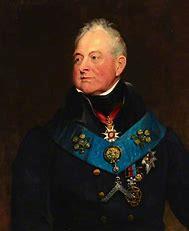
William IV
Main Coin Menu

VIEW ALL MENUS
Member NCMD
6. S. Menu
























